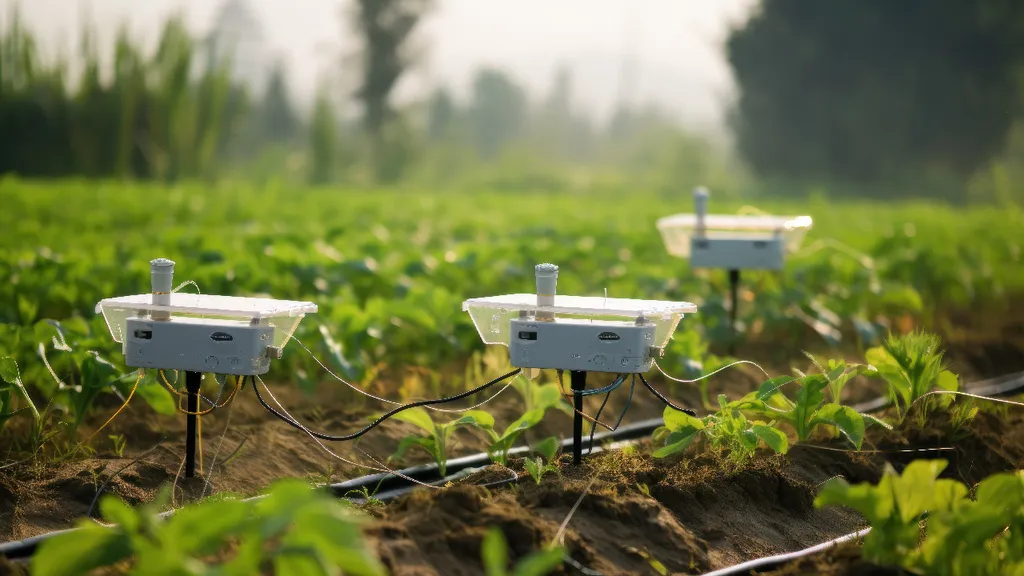In the arid landscapes where water is a precious commodity, drip irrigation systems have long been a lifeline for agriculture. Yet, these systems often face a persistent challenge: clogging. A recent study led by Shaobo Xing from Shihezi University in China, published in the journal *Agricultural Water Management* (which translates to *Water Management in Agriculture*), offers a promising solution to this age-old problem.
Xing and his team explored the effects of dynamic pressure (DP) on emitter clogging in drip irrigation systems, focusing on the intricate interplay of multiple fouling types. Their findings could revolutionize water use efficiency in agriculture, with significant implications for the energy sector.
The study compared the performance of drip tapes under constant pressure (CP) and dynamic pressure (DP) over a period of 64 days. The DP was applied in a trapezoidal waveform, with a baseline pressure of 100 kPa, an amplitude of 30 kPa, and a cycle time of 90 seconds. The results were striking.
“Dynamic pressure suppressed the fouling dry weight by 54.8%, which is a substantial improvement,” Xing explained. The study found that DP significantly reduced the accumulation of particulates, precipitates, and biofouling, leading to a 32.2% increase in the discharge ratio and a 21.8% improvement in Christiansen’s irrigation uniformity (CU).
The implications for the energy sector are profound. Efficient water use is not just an agricultural concern; it’s a critical component of sustainable energy production. As water scarcity becomes an increasingly pressing issue, technologies that enhance water use efficiency will be in high demand.
Moreover, the study’s findings suggest that DP can effectively mitigate the inhibitory effects of fouling on discharge ratio and irrigation uniformity. This could translate to more reliable and efficient irrigation systems, reducing the need for energy-intensive maintenance and repairs.
The research also highlighted the mutual promotion effects among multiple fouling types, underscoring the complexity of the clogging problem. However, the study’s success in addressing this complexity with DP offers a beacon of hope for the future.
As we look ahead, the potential for DP to enhance the water utilization efficiency of drip systems is immense. This could pave the way for more sustainable agricultural practices, benefiting both the environment and the energy sector.
In the words of Xing, “Dynamic pressure is a promising operational strategy to mitigate clogging for multiple fouling, thereby enhancing the water utilization efficiency of drip systems.” The journey towards more efficient and sustainable water use has taken a significant step forward, thanks to this groundbreaking research.
